First camera modules for Project Ara modular smartphone
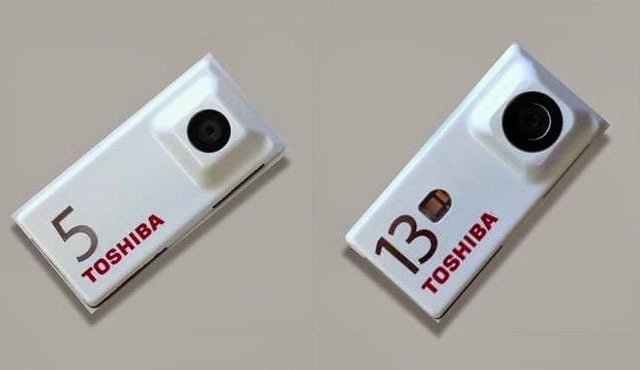
While Google is working hard on the final version of the modular smartphone Project Ara , third-party developers are also involved in the game.
Toshiba is developing camera modules for the smartphone.
Cameras fully support the modular concept, and photographers can easily upgrade the phone’s camera by simply replacing one module with another. In the event of a camera breakdown, this is also not a problem.
')
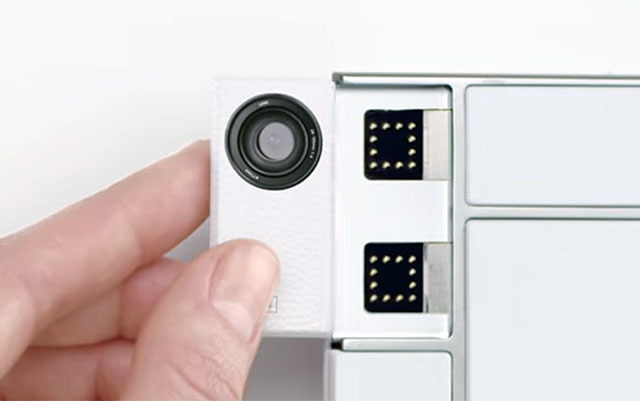
Toshiba is currently working on three modules: a 2-megapixel front camera and 5/13-megapixel modules for the back side.
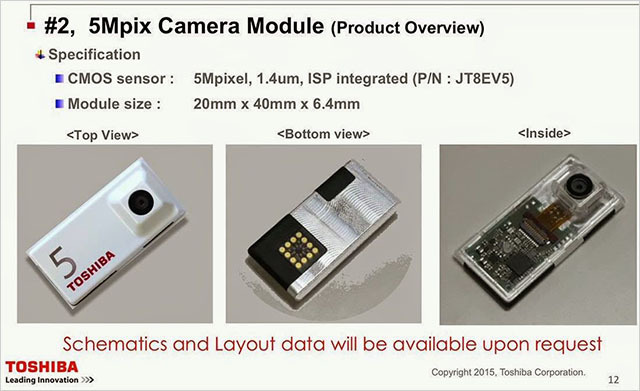
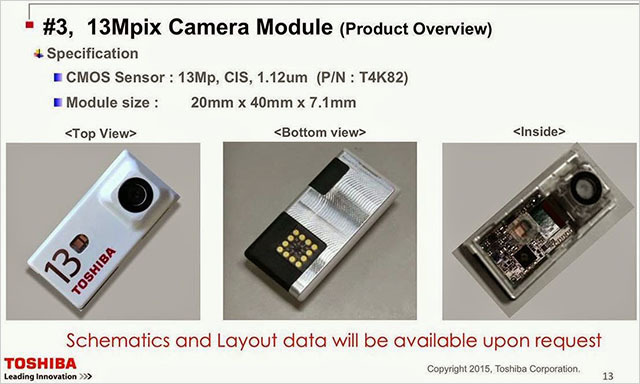
So far, the first of the three stages of creating camera modules has been completed: basic functionality. The start of sales is scheduled for 2016.
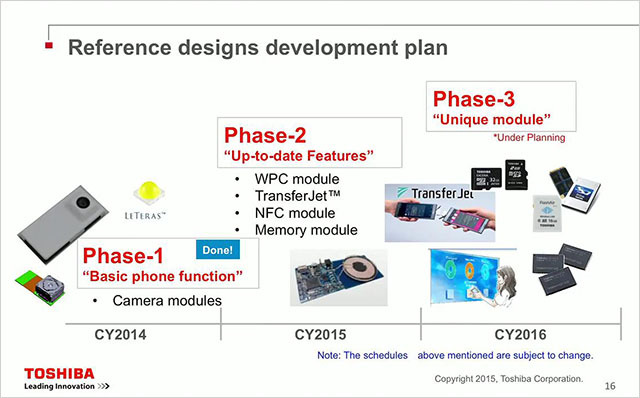
On a small demo video shows how the camera takes a module of 5 MP.
Recall that the prototype of Project Ara was first shown to the public at the Google I / O conference in June 2014. Communication of individual modules in it is carried out using the UniPro MIPI network protocol via FPGA chips (programmable gate arrays). The Android operating system plans to make changes to support hot-swappable modules without turning off the phone. The modules themselves, as the creators expect, will produce hundreds or thousands of third-party companies. “You can imagine Ara as analogous to the ecosystem of Android applications, but only in the hardware sense,” said project manager Paul Eremenko at the Google I / O 2014 conference.
This concept is the exact opposite of the iPhone concept, which now dominates the market. “If you have a flat tire on your bike, you don’t throw it away to buy a new bike,” said Dave Hakkens, a Dutch industrial designer who introduced his modular smartphone concept in September 2013.
Google has already released the dev-whales and began to send test equipment to developers, including habrazhiteli .
Google expects to release the basic design of Project Ara with the WiFi module for $ 50.
Source: https://habr.com/ru/post/376629/
All Articles